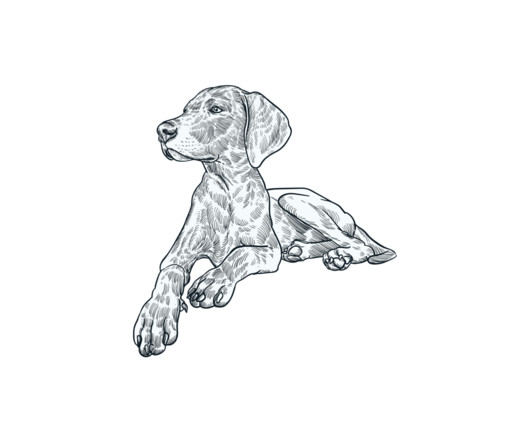Are Next-Gen Synthetic Fibers the Future of Sustainable Textiles?
Modern Farmer
MARCH 1, 2024
Both durable and efficient, with no need for farmland or vast amounts of water, it threatened to leave natural fibers like cotton in the dust. Cheap and easy to make, it’s still the fastest-growing group of fibers used to manufacture garments. percent of the world’s farmland but uses 4.7 What’s the solution?










Let's personalize your content